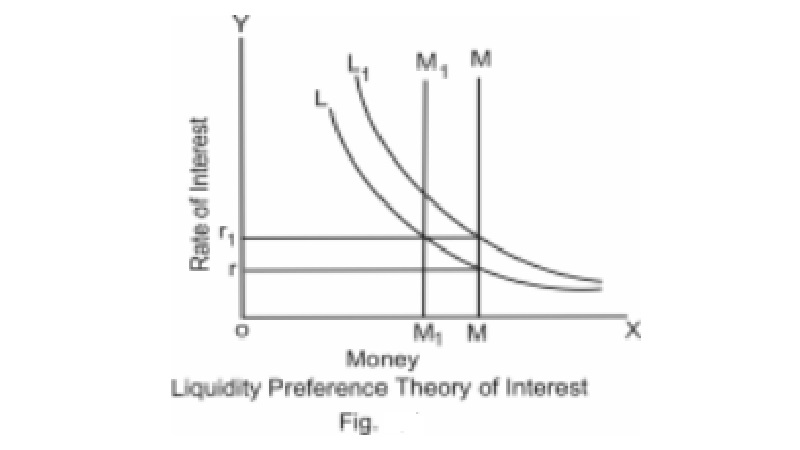Chapter: 11th 12th std standard Indian Economy Economic status Higher secondary school College
Liquidity preference theory (Keynesian theory) of interest

Liquidity preference theory
(Keynesian theory) of interest.
Generally people prefer to hold a part of their assets in
the form of cash. Cash is a liquid asset. According to Keynes, interest is the
reward for parting with liquidity for a specified period of time. In other
words, it is the reward for not hoarding.
According to Keynes, people have liquidity preference for
three motives. They are 1. Transaction motive; 2. Precautionary motive; and 3.
Speculative motive.
The transaction motive refers to the money held to finance
day to day spending. Precautionary money is held to meet an unforeseen
expenditure.
Keynes defines speculative motive as 'the object of securing
profit from knowing better than the market what the future will bring forth.'
Of the three motives, speculative motive is more important in determining the
rate of interest. Keynes believed that the amount of money held for speculative
motive would vary inversely with the rate of interest.
Keynes was of the view that the rate of interest was
determined by liquidity preference on the one hand and the supply of money on
the other.
In fig. Liquidity preference is shown by L and the
supply of money is represented by M and the rate of interest is indicated by r.
Rate of interest is determined by the intersection of L and M curves. There
will be increase in the rate of interest to r1, when there is
increase in demand for money to L1 or by a decrease in the supply of
money to M1.
Criticism : Keynesian theory is a general theory of interest
and it is far superior to the earlier theories of interest. But critics say
that Keynes has over - emphasized liquidity preference factor in the theory of
interest. Moreover, only when a person has savings, the question of parting
with liquidity arises. In the words of Jacob Viner, 'without saving, there can
be no liquidity to surrender. The rate of interest is the return for 'saving
without liquidity'.
Related Topics